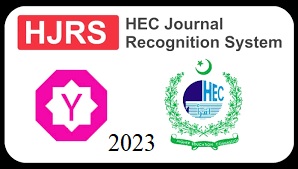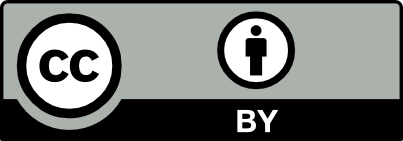Fabrication and evaluation of tizanidine hydrochloride fast dissolving films
DOI:
https://doi.org/10.56770/jcp2019323Keywords:
Mouth Dissolving Film, Tizanidine Hydrochloride, Sodium Alginate, Solvent CastingAbstract
Tizanidine Hydrochloride is widely used in the treatment of multiple sclerosis spastic diplegia back pain or certain
injuries to the spine or CNS. Objective: The present work aimed at preparing quick release films of tizanidine HCl
with the purpose of developing a dosage form for a very quick onset of action, which is beneficial in managing
spasms and increased muscle tone, aiding in the enhancement of bioavailability, and is very convenient for administration, without the problem of swallowing and using water. Methods: The films of tizanidine hydrochloride
were prepared by using polymers such as hydroxypropyl methylcellulose (HPMC) and polyvinyl alcohol (PVA), as
either single polymer or in combination of two, by a solvent casting method. The concentration of Sodium alginate,
Glycerol, Tween 80 were kept constant in all formulations. They were evaluated for physical characteristics such as
uniformity of weight, thickness, folding endurance, drug content uniformity, surface pH, percentage elongation, and
tensile strength, and gave satisfactory results. The formulations were subjected to disintegration, in vitro drug release tests. Results: A marked increase in the dissolution rate was exhibited by fast-dissolving films of Tizanidine
hydrochloride containing HPMC as a polymer, when compared to conventional tablets. The formulation ‘F3’ was
found to be optimized formulation. Conclusions: Fast dissolving films of tizanidine hydrochloride can be considered suitable for clinical use to relieve diplegia, back pain and injuries of spine, where a quicker onset of action for a dosage form is desirable along with the convenience of administration.
Downloads
Published
How to Cite
Issue
Section
License
Copyright (c) 2020 The authors retain the copyright without restriction.

This work is licensed under a Creative Commons Attribution 4.0 International License.









